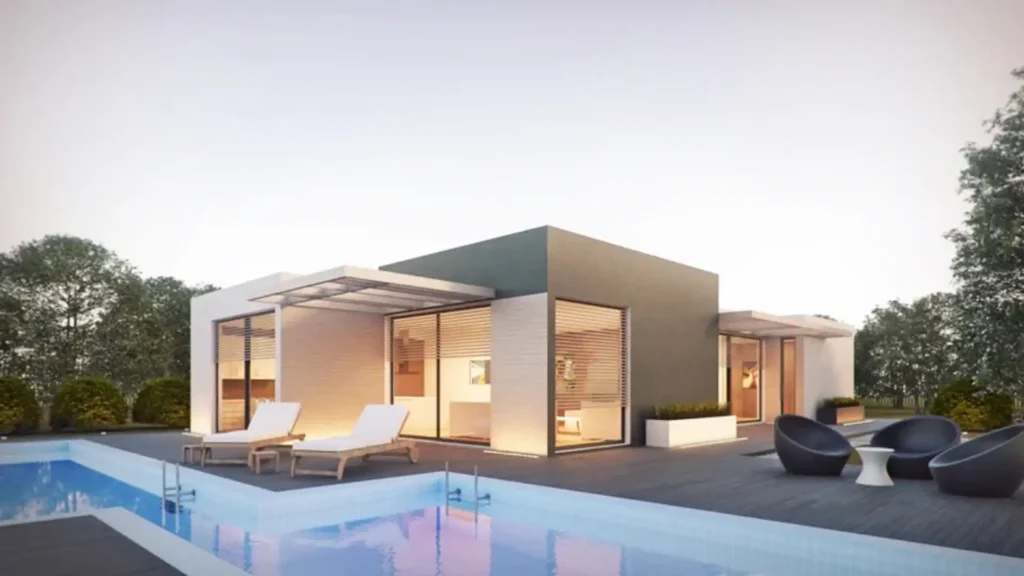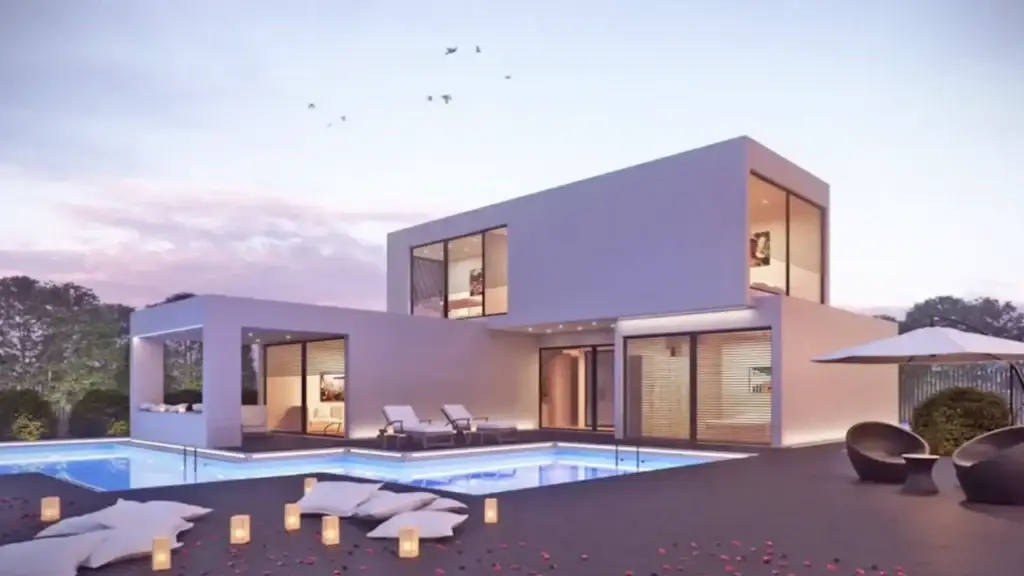Steel, a material traditionally associated with industrial and commercial applications, is increasingly being adopted in residential construction due to its unparalleled strength, fire resistance, and adaptability. In 2026, steel houses are no longer just a futuristic concept but a tangible reality for those seeking sustainable and resilient living spaces.
One of the most compelling advantages of steel construction is its robustness. Unlike wood, which can deteriorate over time, steel is immune to common structural issues such as rot, termites, and mold. Steel’s inherent resistance to environmental factors makes it an ideal material for building homes in regions prone to natural disasters like hurricanes, earthquakes, or floods. As extreme weather events become more frequent due to climate change, steel houses offer a reliable alternative to traditional wooden or brick homes that may not stand up to the test of nature’s fury.
Sustainability is one of the most significant driving forces behind the rise of steel houses. In 2026, the global housing market is increasingly aligned with environmental concerns, and steel houses provide a noteworthy response to these challenges. Steel is one of the most recyclable materials on the planet, with the ability to be melted down and repurposed with minimal loss of quality. This makes steel homes not only a more sustainable alternative but also a critical component of the circular economy.
The energy efficiency of steel houses is another pivotal factor contributing to their rise. Steel’s thermal conductivity is superior to many other building materials, enabling it to effectively manage indoor temperatures. By incorporating advanced insulation materials and passive design strategies, steel homes can significantly reduce heating and cooling costs, lowering energy consumption and, by extension, carbon footprints. As energy-efficient homes continue to be a priority in the fight against climate change, steel houses are positioned at the forefront of this movement.
In urban areas, where space is often limited and environmental degradation is exacerbated by rapid development, steel houses offer a practical solution. Their compact nature, combined with the strength and flexibility of steel, allows for the construction of multi-story structures that are not only space-efficient but also sustainable. In densely populated cities, this could lead to a wave of eco-friendly urban housing solutions, providing much-needed affordable homes that are resilient to environmental and economic challenges.
Another noteworthy benefit of steel houses is the incredible design flexibility they offer. Traditional construction methods often come with limitations in terms of architectural style and structural integrity, especially when designing larger or more unconventional homes. Steel, however, allows for innovative, expansive, and creative designs that can adapt to the homeowner’s specific needs and aesthetic preferences.
In 2026, steel houses are increasingly being designed with open floor plans, large glass windows, and modular layouts that emphasize natural light and a seamless connection to the outdoors. The lightweight yet durable nature of steel enables the creation of vast open spaces without the need for intrusive support beams or load-bearing walls. This makes steel houses ideal for modern, minimalist designs that prioritize flexibility, functionality, and aesthetics.
In 2026, steel houses are increasingly being designed with open floor plans, large glass windows, and modular layouts that emphasize natural light and a seamless connection to the outdoors. The lightweight yet durable nature of steel enables the creation of vast open spaces without the need for intrusive support beams or load-bearing walls. This makes steel houses ideal for modern, minimalist designs that prioritize flexibility, functionality, and aesthetics.
While steel homes are often perceived as high-end or luxurious, the cost of construction has been steadily decreasing due to advancements in manufacturing processes and the growing availability of steel materials. By 2026, the affordability of steel houses is expected to become a significant driver of their adoption, particularly in regions where housing shortages and skyrocketing property prices are becoming increasingly common.
Proper patio maintenance is key to preserving both beauty and durability. We hope these tips help you safeguard your investment and enjoy your outdoor retreat for years to come.

